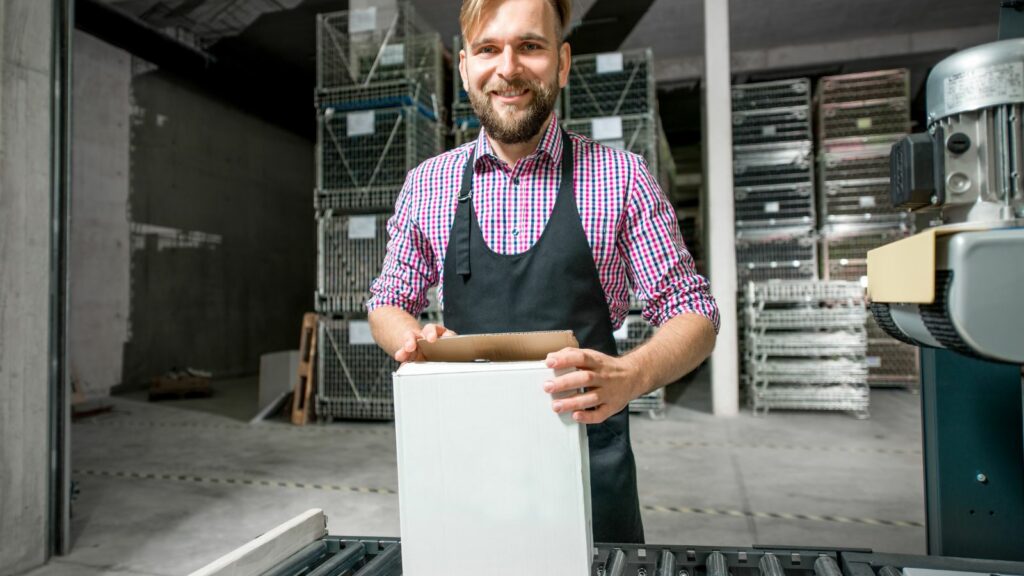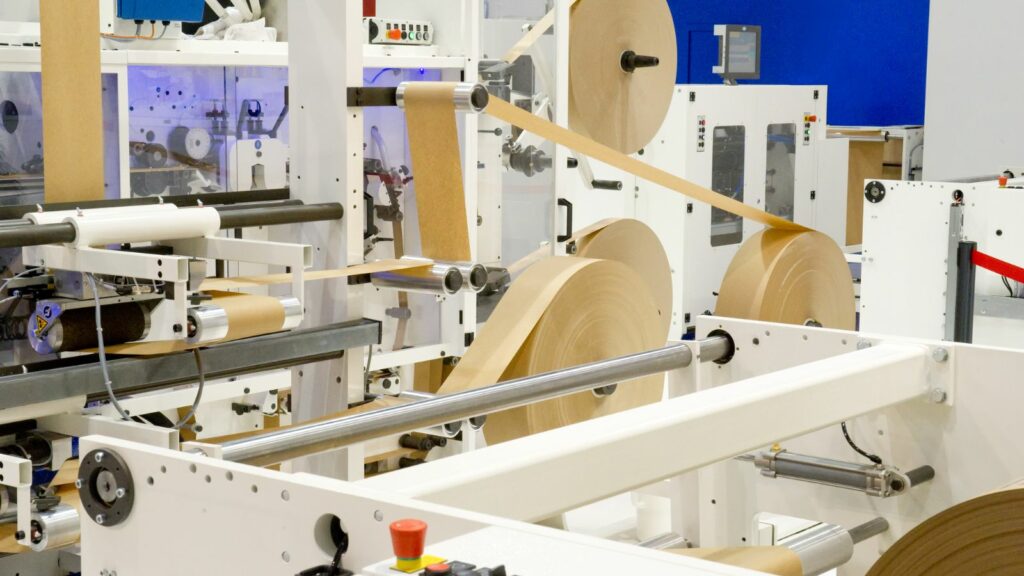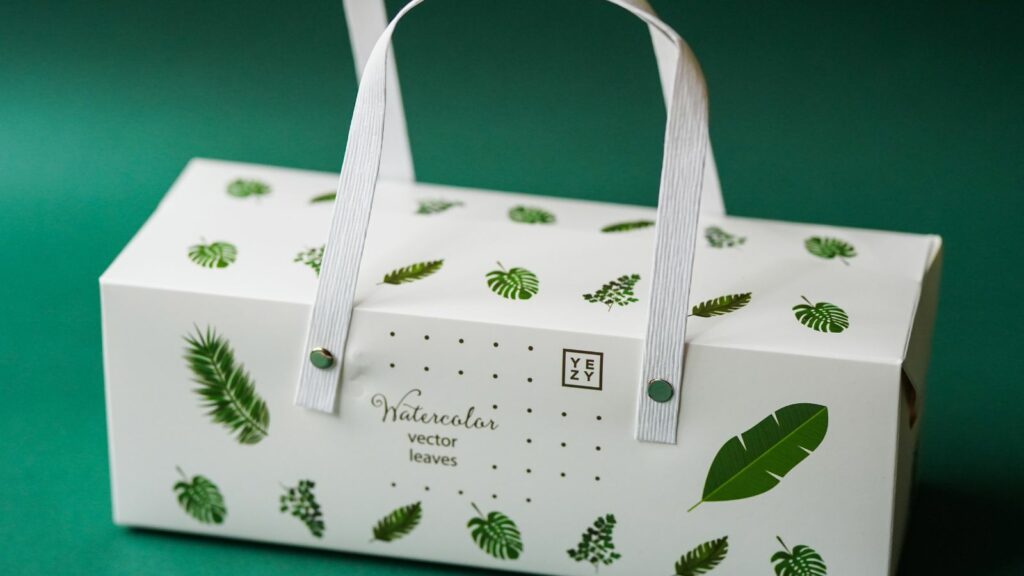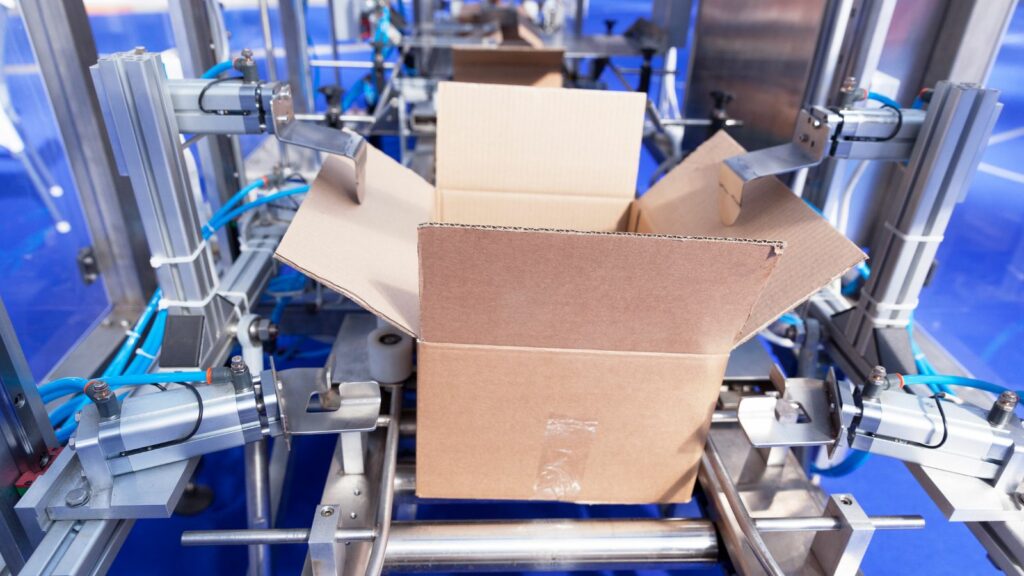In the wake of escalating environmental concerns, green tech packaging is emerging as a game-changer. It’s an innovative approach that combines technology and sustainability, aiming to reduce the carbon footprint without compromising product protection.
This revolution is not just about saving the planet. It’s also about meeting consumer demands for eco-friendly practices and making businesses more competitive in today’s green-conscious market. So let’s dive into the world of green tech packaging, where technology meets sustainability.
Green Tech Packaging

The role of green tech packaging gains prominence as businesses and society gravitate towards eco-conscious practices. Let’s explore two important pillars in this area: current sustainable packaging trends and revolutionary progress in biodegradable materials.
Recently, sustainable packaging has taken a quantum leap, transforming from niche to norm. Companies are making strategic decisions to prioritize green materials, leading to a radical shift within the industry. Forecasts suggest that by 2025, 67% of packaging will likely be sustainable. A snapshot of these trends includes innovative designs that minimize material usage, such as lightweight containers and dual-function packaging components. Tuned with emerging consumer demands, companies like Amazon and RePack are successfully implementing reusable packaging to ensure minimal waste.
Innovation in Biodegradable Materials
Transitioning from traditional packaging materials to biodegradable alternatives has been a game-changer in sustainable practices. The pioneering advent of bioplastics, made from natural substances like corn starch and wheat, provides a comprehensive solution to waste management challenges. For example, companies like Evoware produce seaweed-based packaging that biodegrades in less than five weeks. Remarkably, Mushroom Materials, by Ecovative Design, is a unique form of packaging using mushroom roots, highlighting the endless possibilities of leveraging nature in meeting environmental goals.
Advantages of Green Tech Packaging

Delving into the advantages of green tech packaging, this section explores positive implications for the environment, increased brand image, and shifting consumer preferences.
Green tech packaging, by reducing waste and lowering greenhouse gas emissions, confers substantial benefits upon the environment. Lightweight containers, for instance, curtail energy usage during shipment due to reduced weight. They also result in less waste generation, as demonstrated with Amazon’s new line of packaging. Moreover, biodegradable materials such as Mushroom Materials by Ecovative Design or seaweed packaging by Evoware transform into compost rather than litter, thus mitigating the negative impact on ecosystems.
Boost in Brand Image and Consumer Preference
A pivot towards green tech packaging offers businesses not just the opportunity to do their part for the environment, but it also fosters a positive brand image. According to a Nielsen survey, three in four millennials are willing to pay extra for sustainable offerings, demonstrating a clear preference for brands that make sustainability a priority. Companies, in understanding these transformations in consumer behavior, have been quick to incorporate eco-friendly technologies and designs into their packaging.
Challenges Facing Green Tech Packaging
Despite the accelerating adoption of green tech packaging, it also encounters substantial obstacles. These obstacles, in the form of cost implications and technological constraints, present significant hurdles to its ubiquitous introduction.
Cost Implications Compared to Traditional Packaging

Green tech packaging often incurs higher production and distribution costs compared to traditional counterparts. The use of renewable resources or advanced technological methods typically involves complex manufacturing processes and higher investment, raising the production costs. For example, the cost of producing packaging using Mushroom Material can be 20% to 50% higher relative to traditional petroleum-based foam. Furthermore, the requirement for special handling or recycling processes for green packaging adds to the logistics and disposal costs.
Technological limitations and material constraints often hinder the widespread adoption of green tech packaging. The performance of current sustainable materials often falls short of their conventional alternatives in areas such as durability, insulation, and tamper-evidence. For instance, while seaweed-based packaging may be biodegradable, it lacks the robustness and protection offered by plastic. Technological challenges also influence the manufacturing and recycling processes of sustainable packaging.



